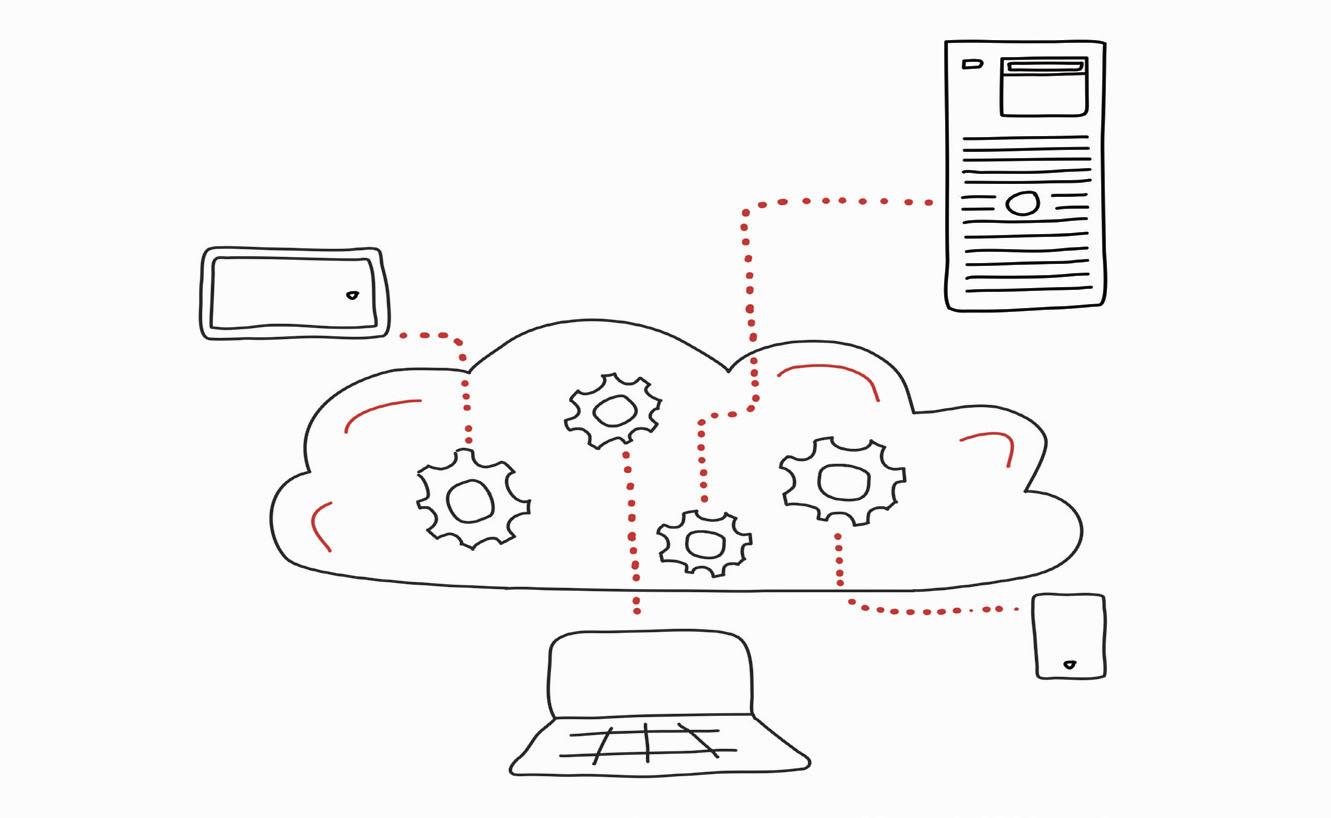8
Executive summary It is clear that the COVID-19 pandemic has changed the way we work, with a significant number of those interviewed for this study reporting an increase in home or remote working and collaboration with teams from different locations, utilising skillsets that would previously have been limited by location. There is a significant argument that it should change the way we build too. Delivering reliability, predictability and reducing time on site, offsite construction and modern methods of construction (MMC) are more important than ever, and it is essential that design teams and offsite manufacturers are better able to take advantage of this. With increasing numbers of team members working from home, the office environment needs to become a space that translates to the home. This can be supported by the provision of computers and office furniture, while the facility of the office workplace remains available in a socially distanced arrangement for those who cannot work from home, for round-table meetings where required, and to house significant computer processing facilities. This focuses on the equipment aspect of an office environment, but it is also notable that workplaces provide a space for support, mentorship and contribute to social wellbeing. There is a need to replicate this too, when considering remote working, with informal team check-ins one possibility to do so. Well defined requirements become crucial to ensure all design team members, stakeholders and suppliers are working to a common goal. This begins with the brief for design teams, which should be detailed to the individual roles each employee will fill and their responsibilities and crucially their deliverables (e.g. models, specifications, test plans and results, etc). This improves productivity by providing guidance from the outset, reducing the time spent in virtual meetings to answer questions, of particular support for more recent recruits and trainees. A video library will also prove useful to provide training by topics and could be equally useful in remotely briefing construction sites. The need to specify is paramount not only to the team members, but to the work package as a whole. A Systems Engineering-based approach to the design management process facilitates a clear process of decision making, including where changes are required. Supported by a Quality Function Deployment approach to defining requirements, the team are able to make individual but compatible decisions within one consistent framework, always guided by the client’s preferences. Improved communication from manufacturers and understanding by design teams of the opportunities for MMC and associated dimensional tolerances would be of significant benefit, particularly if MMC suppliers’ manufacturing capabilities were catalogued, so that teams may take full advantage of them from the design stage, reducing the need for manufacturers to reverse engineer. Just as the office environment has been challenged by COVID-19, so too has the construction site. Social distancing, one-way systems and sanitisation stations are more easily implemented in factories producing offsite modules and components, than on traditional construction sites, where operatives move between areas. In a factory environment, an operative can remain in one position on the workflow. Design for Manufacture and Assembly makes MMC and offsite construction more accessible to design teams and work packages. It is time to take greater advantage of these.





